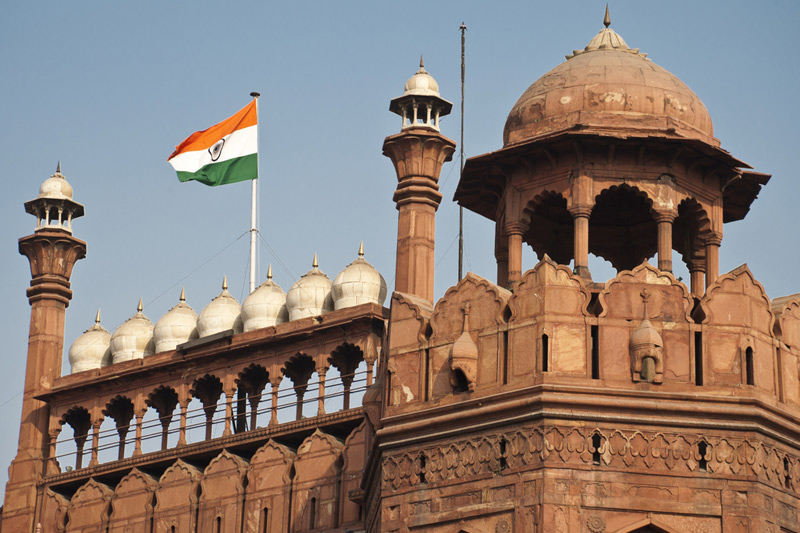(Bloomberg) -- India’s economy slowed considerably last quarter, with little signs of a quick recovery amid rising political tensions with neighboring Pakistan and weaker global demand.
Gross domestic product rose 6.6 percent in the three months to December from a year ago, lower than the 6.7 percent median estimate in a Bloomberg survey and down from a revised 7 percent in the previous quarter.
Simmering tensions between the nuclear-armed rivals India and Pakistan have the potential to hurt foreign investments and sour business sentiment in an economy that’s been one of the fastest-growing in the world, but that’s now facing weaker domestic demand and a global slowdown. That may give the Reserve Bank of India, under new Governor Shaktikanta Das, reason to cut interest rates again after February’s surprise easing.
Inflation at a 19-month low “and further weakness in growth creates space for further cuts,” economists at Citigroup Inc (NYSE:C)., led by Samiran Chakraborty, said in a note.
Relations with Pakistan soured this week after India accused the neighbor of being responsible for a major terrorist attack in Kashmir and the two engaged in tit-for-tat airstrikes. Pakistan has struck a conciliatory tone for now, offering to release a captured Indian pilot.
“This comes at a tricky time for both sides, as India heads into the general elections in April-May 2019, while Pakistan is in a tenuous economic position," said Radhika Rao, economist at DBS Group Holdings Ltd. in Singapore. Tensions are likely to overshadow the growth data, she added.
Waning consumer demand dampened momentum in the economy where domestic spending makes up about two-thirds of GDP. Growth in government consumption slowed last quarter, while exports and investments held up, data from the Central Statistics Office showed.
For the past two quarters, domestic passenger vehicle sales growth, which is an indicator of urban demand, eased, while cement production -- a measure of construction activity -- moderated slightly. Purchasing managers’ indexes also show activity in the dominant services sector has been cooling.
With the government cutting back on capital expenditure in its latest budget to curb the fiscal deficit, economists see more sluggishness.
“The slackness in government capital expenditure ahead of elections tends to have a lagged impact, affecting growth in the following quarters,” said Teresa John, economist at Nirmal Bang Equities India Pvt Ltd.
A benign inflation environment gives policy makers room to cut interest rates again. Consumer price inflation is close to 2 percent, and core inflation -- which strips out volatile food and fuel costs -- has also begun to ease. The measures are seen converging in coming months as the economy shows more signs of a slowdown. The RBI targets headline inflation at 4 percent.
“We continue to believe that fundamentals do not support any meaningful increase in inflation,” said Indranil Sen Gupta, chief economist at Bank of America Merrill Lynch (NYSE:BAC). “Tight liquidity reins in demand-pull inflation. Cost push inflation is contained by falling commodity prices.”
